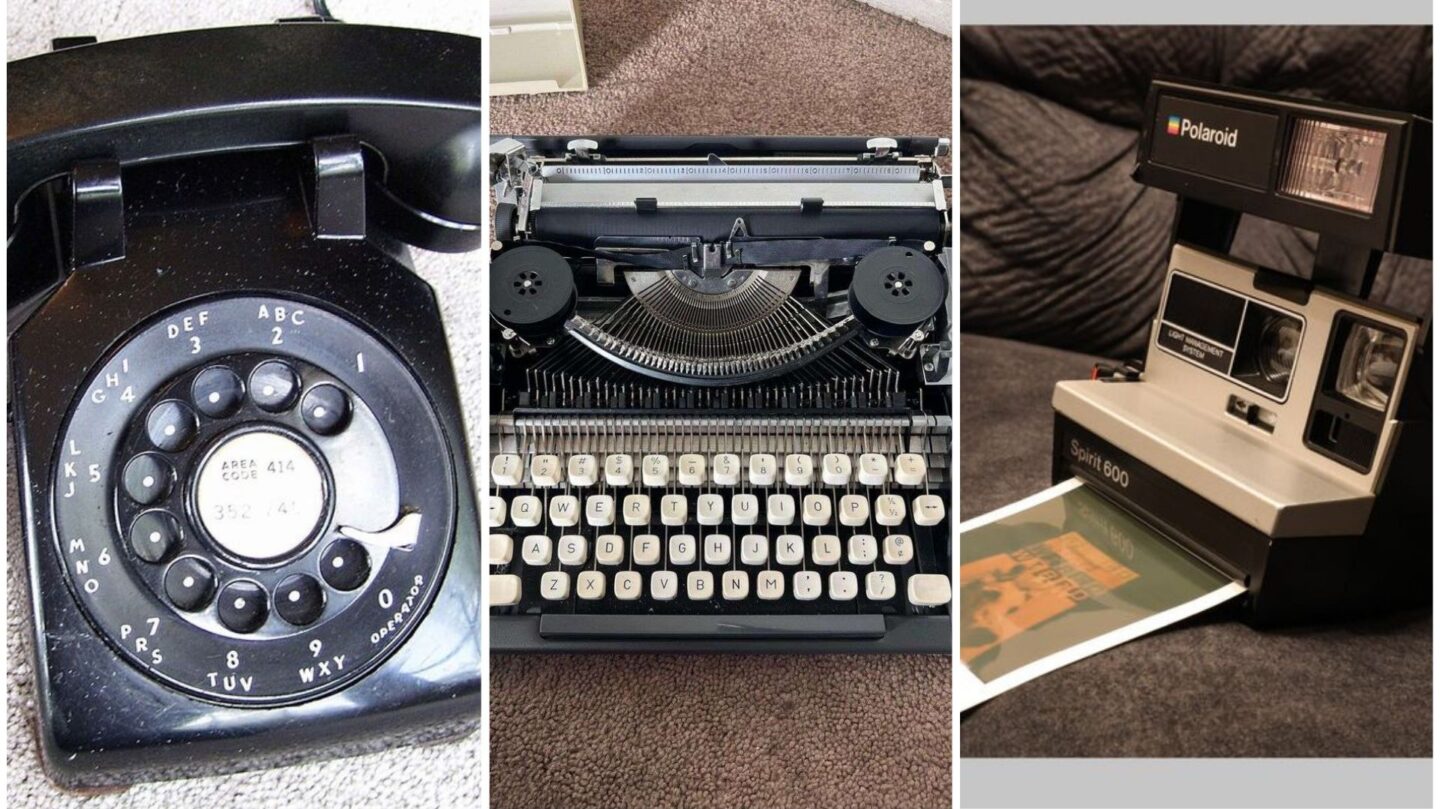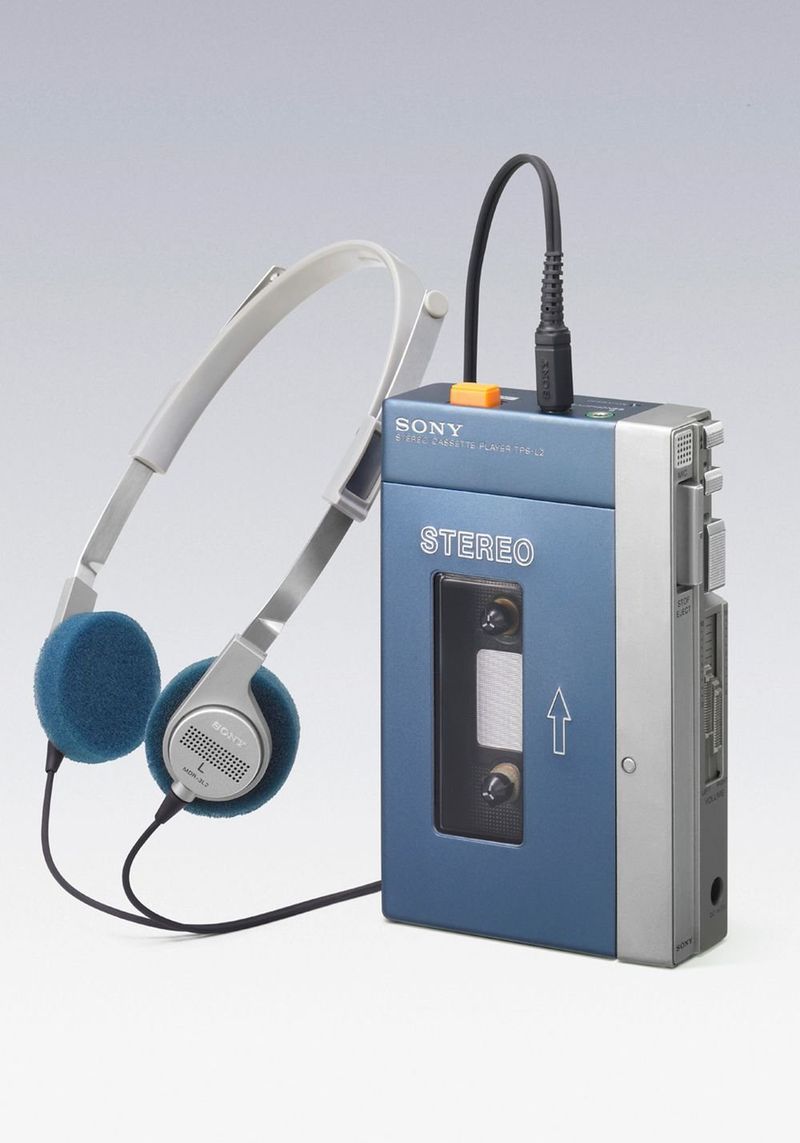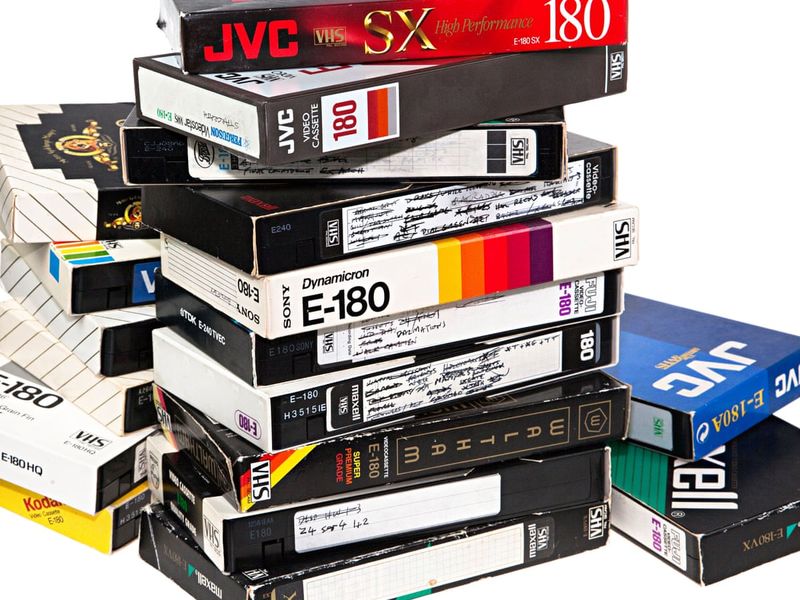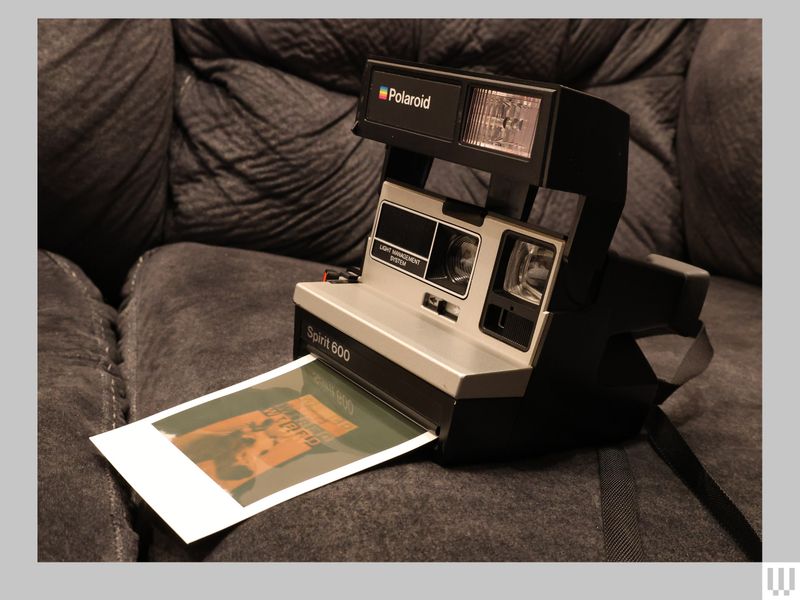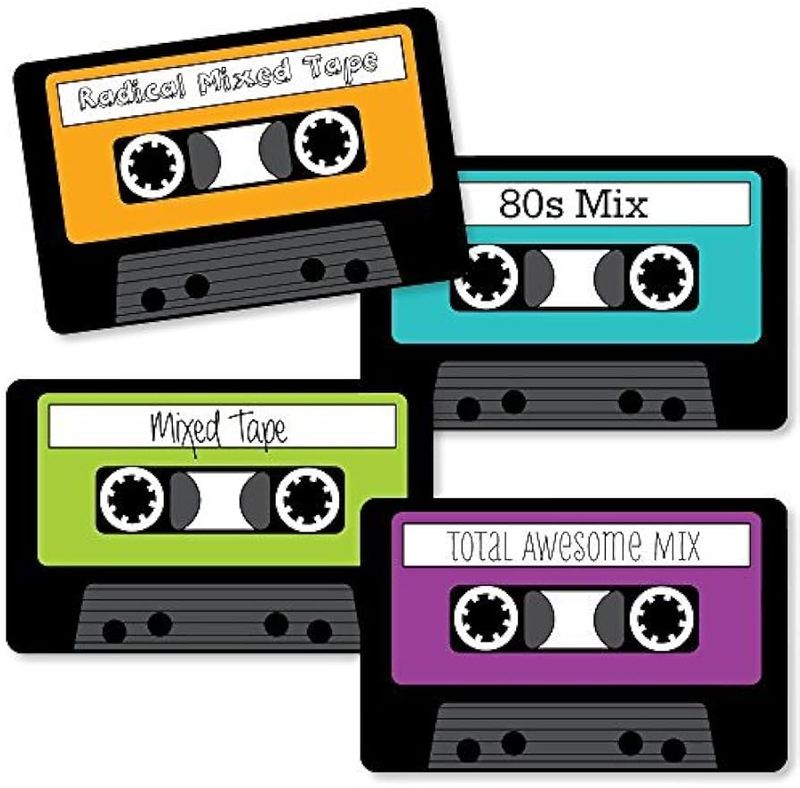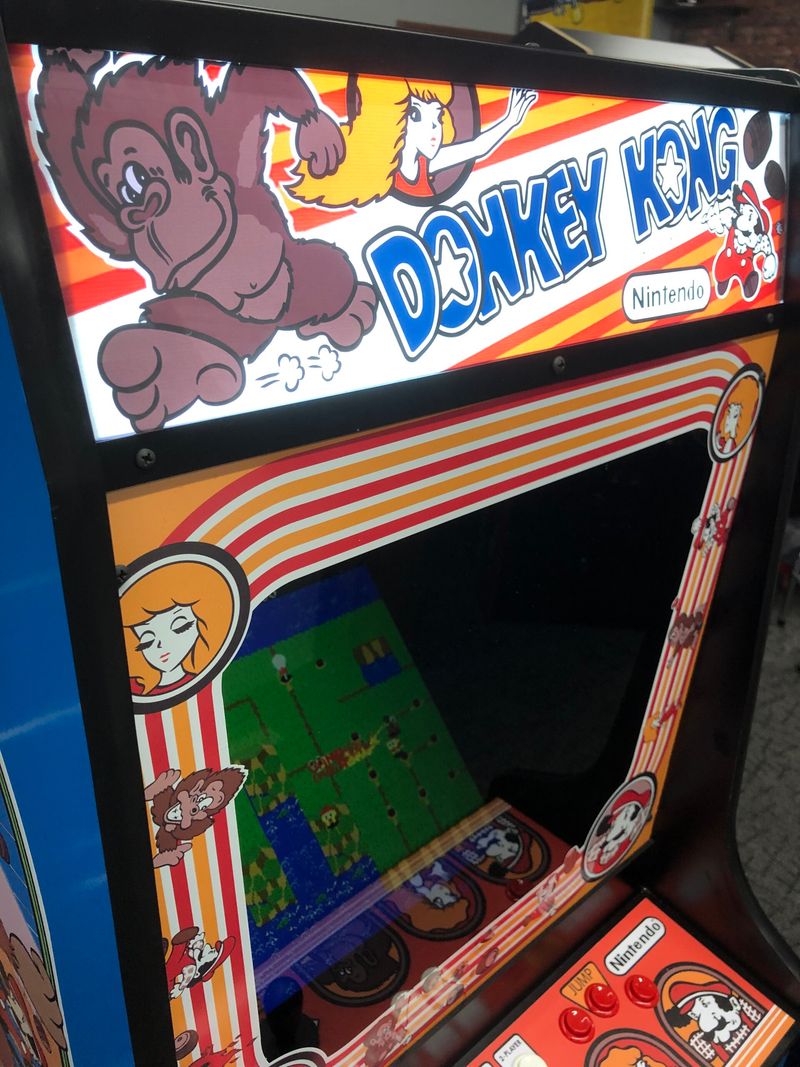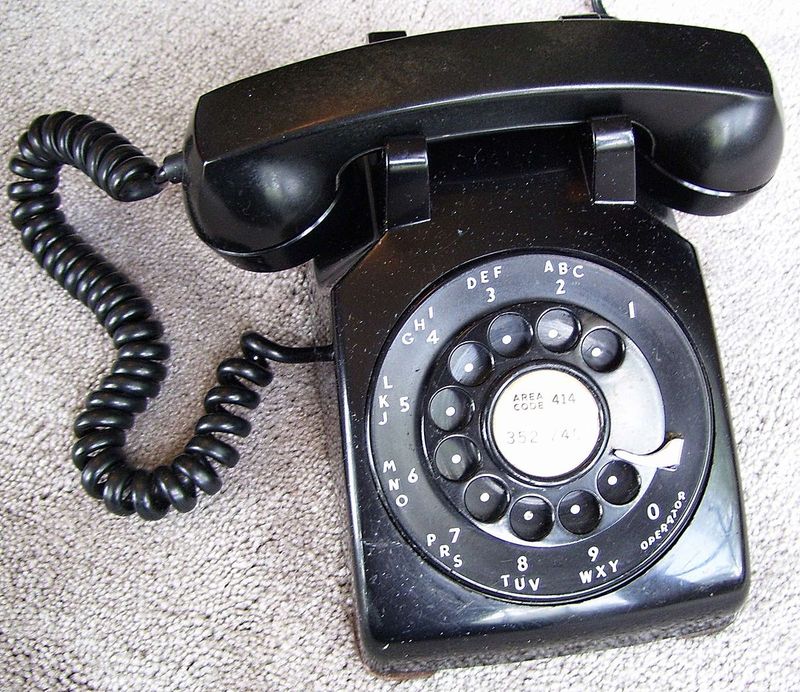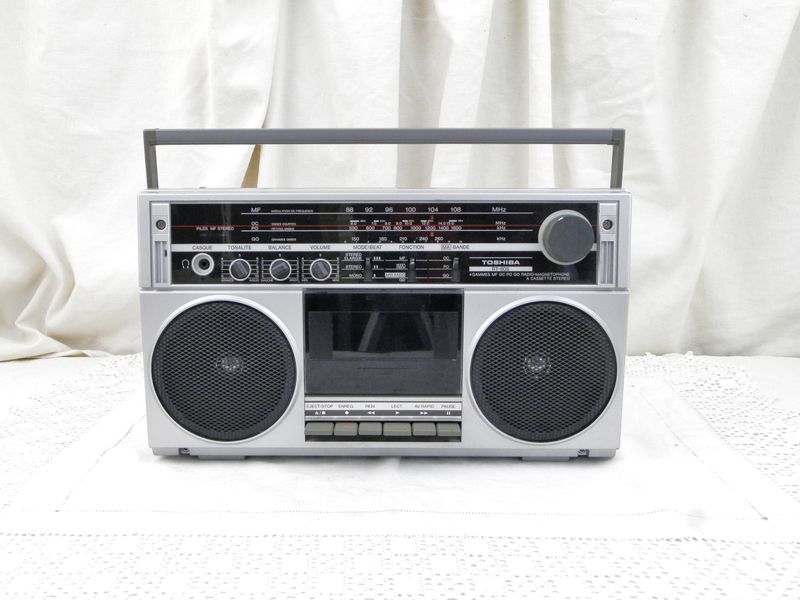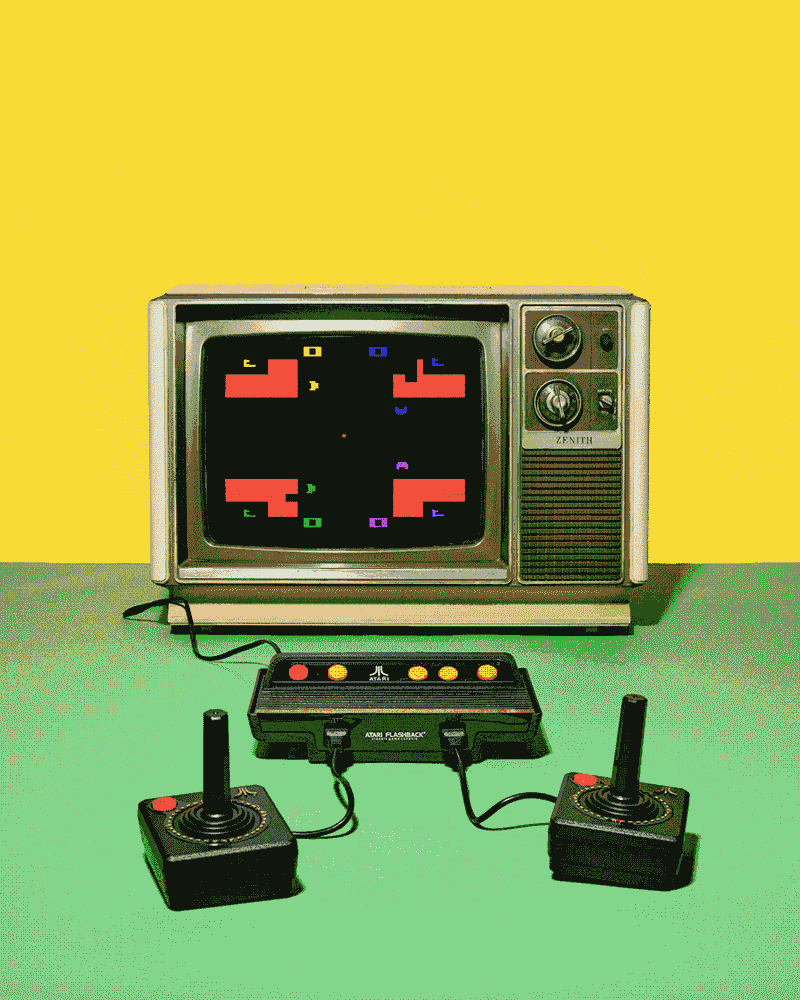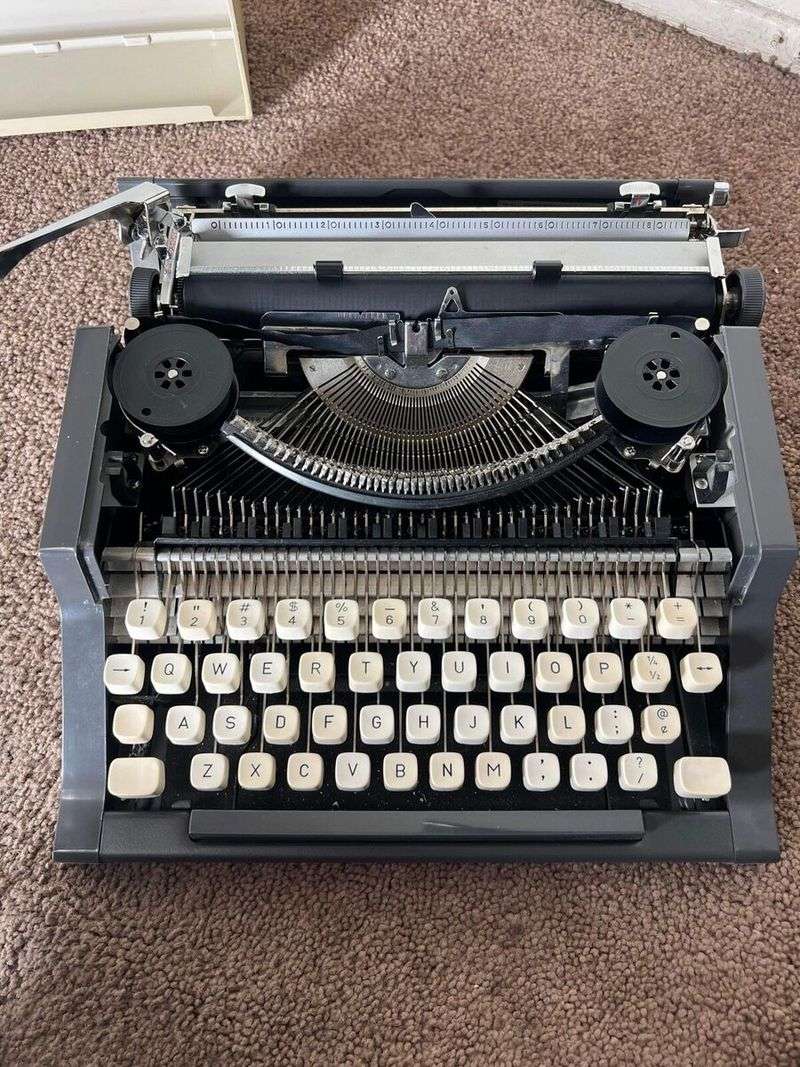The 1980s was a vibrant decade filled with distinctive fashion, music, and technology. Many products we used back then have evolved tremendously over the years. Here’s a nostalgic look at nine items we bought in the 80s and how they have transformed today, reflecting advancements in design, technology, and functionality. Let’s take a walk down memory lane and explore these iconic items.
Walkman
In the 1980s, the Walkman was a revolutionary device, allowing us to listen to music on the go. Its portable design meant you could take your favorite tunes anywhere, creating personal soundtracks for everyday life. Today, this concept has drastically evolved.
With the advent of digital music players and smartphones, our listening devices are now sleek, multifunctional, and capable of storing thousands of songs. Streaming services have also changed how we access music, providing instant access to millions of tracks at our fingertips. This transition highlights the shift from physical media to digital convenience.
VHS Tapes
VHS tapes were the cornerstone of home entertainment in the 80s, offering a way to watch movies at home. Families would gather around, enjoying rented or purchased films. Fast forward to today, and the way we consume media has transformed completely.
Physical tapes have been replaced by streaming services and digital downloads, offering vast libraries of content instantly. The convenience and quality of digital media have made VHS tapes a nostalgic memory, symbolizing a time when trips to the video rental store were a family event.
This shift illustrates the rapid advancement in media consumption.
Polaroid Cameras
Polaroid cameras were iconic in the 80s, synonymous with instant gratification in photography. You’d snap a picture and watch it develop before your eyes, creating tangible memories almost instantly.
Today, while digital cameras and smartphones dominate, the charm of instant photography has seen a revival. Modern instant cameras incorporate advanced features while preserving the nostalgic feel. Social media also allows for instant sharing of digital photos, showing how the essence of instant photography remains, albeit in a more digital form.
This evolution underscores the blend of nostalgia and modern technology.
Cassette Tapes
Cassette tapes were synonymous with the 80s music scene, offering a portable way to enjoy and share music. Creating mixtapes was a form of art and expression, a personal gift filled with favorite tracks.
In contrast, today’s music is largely digital. Playlists on streaming platforms have replaced mixtapes, offering personalized music experiences tailored to individual tastes. The convenience of having an entire music library in one’s pocket is unmatched.
However, cassette tapes still hold a nostalgic charm, representing a tactile connection to music that digital formats struggle to replicate. This change marks a shift in music consumption.
Arcade Machines
Arcade machines were the heart of 80s entertainment, bringing people together to enjoy video games. These were social hubs where kids spent countless hours and quarters achieving high scores.
Today, the gaming landscape has changed dramatically. Home consoles and online gaming offer expansive worlds and multiplayer connectivity from the comfort of your home. The thrill of the arcade is still alive in retro arcade bars and gaming nights, but the mainstream gaming experience has shifted.
This evolution highlights the technological advancements and changing social dynamics in the world of gaming.
Landline Phones
The landline phone was a household staple in the 80s, the main method of communication. Rotary dials and cords were the norm, and answering machines were a luxury.
Fast forward to now, smartphones have largely replaced landlines, offering unparalleled connectivity and functionality. With text messages, video calls, and apps, communication is instant and versatile.
Though the landline’s simplicity is missed by some, smartphones represent a significant leap in technology, making communication more dynamic and interactive. This change illustrates the evolution from simple voice calls to integrated digital communication.
Boom Boxes
The boombox was a symbol of the 80s music culture, representing freedom and street style. It was common to see people carrying them on their shoulders, blasting music. These portable stereos brought music to public spaces and social gatherings.
Today, portable speakers are much smaller, wireless, and often Bluetooth-enabled, providing high-quality sound without the bulk. Music streaming services complement these devices, offering access to endless playlists.
This transformation highlights the move towards compact, user-friendly technology, changing how we experience music on the go while holding onto the essence of portable entertainment.
Atari Consoles
Atari consoles were pioneers of home gaming in the 80s, introducing many to the world of video games. Their simple graphics and joystick controls paved the way for console gaming.
Today, gaming consoles are sophisticated platforms offering lifelike graphics, immersive gameplay, and online connectivity. The evolution from pixelated games to rich, interactive experiences reflects the technological leaps made in the gaming industry.
While nostalgia for classic games persists, modern consoles provide a deeper level of engagement, demonstrating the dynamic progression from basic entertainment to complex virtual adventures.
Typewriters
Typewriters were essential tools for writing in the 80s, featured in homes and offices. The tactile experience of typing and the distinct sound of keys hitting paper were characteristic of the era.
Today, computers and word processors have taken over, offering efficiency and convenience. The ability to edit and store documents digitally has transformed writing.
Despite this, typewriters still hold a nostalgic value for enthusiasts who appreciate their mechanical nature and simplicity. This transition from analog to digital represents the broader shift towards technological efficiency in creative and professional writing.
